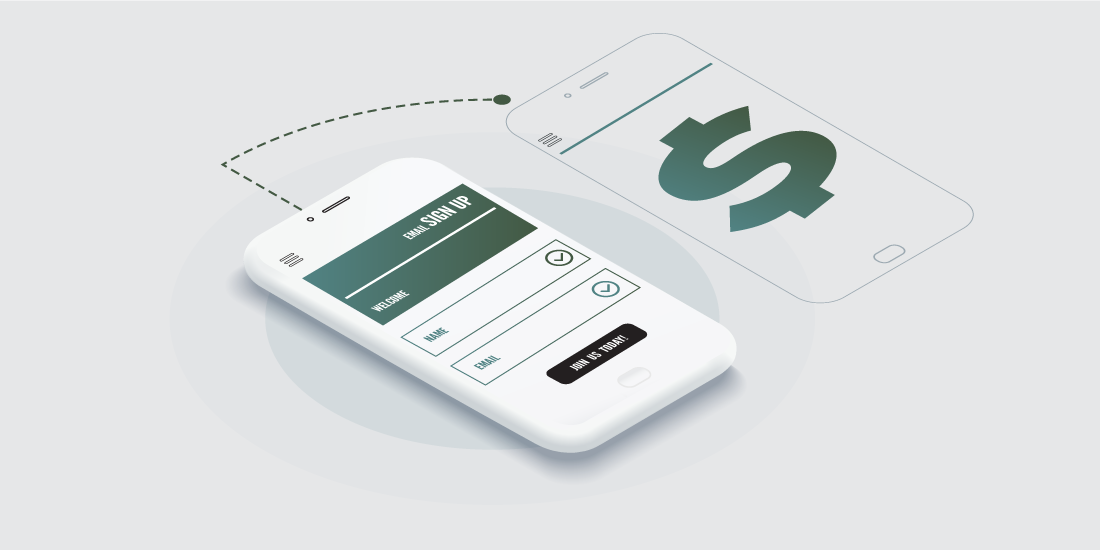
Utilize smart design and user analytics to hone a persuasive web experience that spurs action.
E-commerce sites tend to dominate the web analytics conversation, because their conversions are quick and easily trackable. But, for most brands, a web conversion can’t be measured by a click and a credit card number.
Despite this, your brand can still utilize smart design and user analytics to hone a persuasive web experience that creates value.
What does a conversion look like for your business?
A well-thought-out conversion analytics strategy doesn’t constrain your brand to a one-dimensional user experience, such as completing a transaction. It recognizes that a website visit falls at different points in the customer journey depending on the brand and the user.
Broadly defined, a web conversion is any interaction a user makes on your website that brings them closer to your brand. A conversion could be a transaction, but it could also be a video view, contact form submission, or a newsletter subscription.
Each of these user interactions show that your brand has made an impact on the user, and each equips the user with greater knowledge about or access to your product or services. Through implementation of a conversion analytics strategy, these interactions could also equip your business with the information to make smart content prioritization decisions.
Why conversion tracking matters
A conversion tracking strategy provides a wealth of information that empowers you to design your website around content funnels. Content funnels strategically position the most valuable interactive elements at key points throughout the user experience to generate meaningful user engagement.
Conversion analytics also help determine key conversion sources. This allows you to single out popular content shared across digital channels like social media, email, or referral sites — and align it to your conversion goals.
Assessing the value of source mediums like email, social media and organic search can help you define ideal content funnels for each channel. Advanced conversion analytics strategies can even track conversion funnels for long-term multi-touch campaigns, including display advertisement, web page sessions, and more.
While not every user will interact with your website in the same way, conceptualizing a set of ideal content flows can help you establish a more persuasive web experience.
How to turn conversions into value
Conversion analytics boosts your bottom line by helping you blend popular content with valuable interactions.
For example, 59% of marketers find newsletter subscribers to be their highest source of ROI, making a subscription a very valuable conversion. Adjusting sign-up form prominence alongside other high-performing content garners more conversions and captures future profit potential.
Your brand can begin integrating conversion analytics into your marketing strategy by analyzing the behavioral flow of your site’s users through tools like Google Analytics or Heap.io. These tools allow you to break down user visits by pages viewed. For more advanced analysis, you can even examine the in-page elements users interacted with along the way.
If contacts or quote requests are important to your bottom line, examine the flow of users who end up on the contact page. Do these users tend to watch your videos, interact with blog posts, or do they originate from display advertisements? Consider ways in which you can prominently — but non-intrusively — insert more ways for users to convert along the path to that page. This will give you a better idea of where your most persuasive content lies, and allow you to capitalize on it.
You can take these insights and integrate them into every part of your marketing strategy, providing a boost to print, web, and social media. Need help getting started? Contact us at info@grossbauer.com or by phone at 219.926.1000.